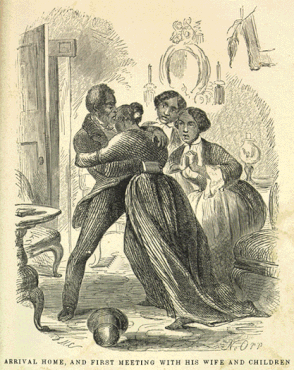Eddy Portnoy's Bad Rabbi: And Other Strange But True Stories From the Yiddish Press
Reviewed by Tamar Rabinowitz
In April of last year, a play about a play became a surprise Broadway hit. The Pulitzer Prize winning Indecent recounted the making of renowned Yiddish playwright, Shalom Asch’s 1906 God of Vengeance — a story of a wealthy, exploitative, and violent Jewish brothel owner eager to marry off his daughter to a respectable scholar. A tale about faith, hypocrisy, sexuality, and deceit, God of Vengeance unearthed the unsavory aspects of Eastern European Jewish life, leaving contemporaries to wonder if it “was good for the Jews?”
Read More









